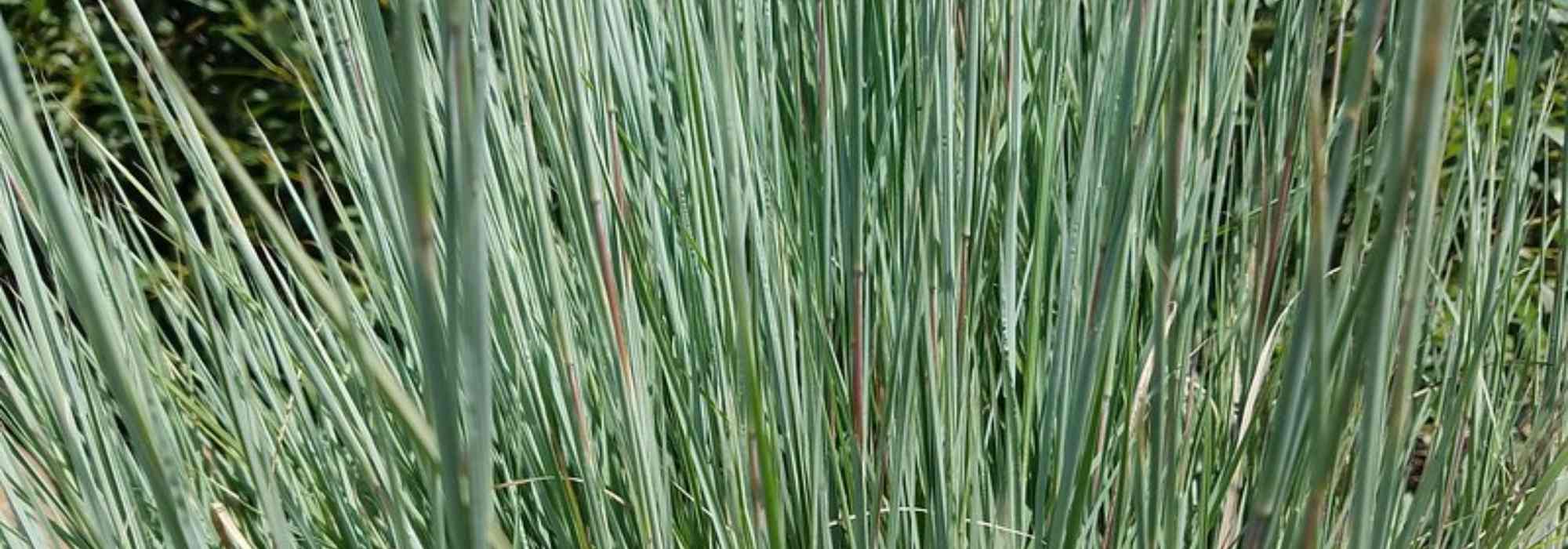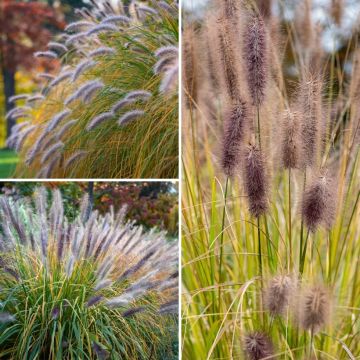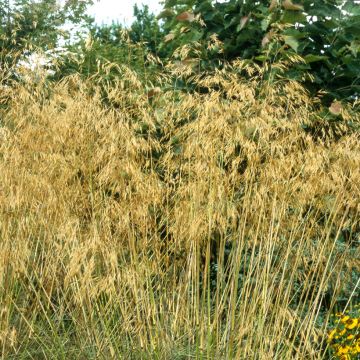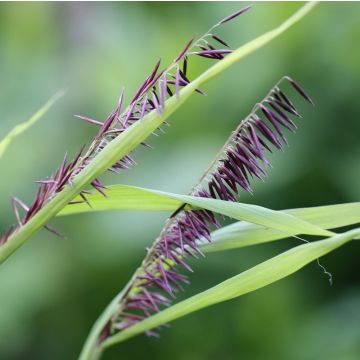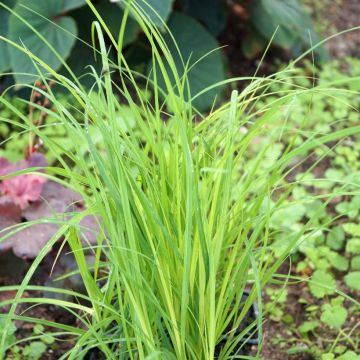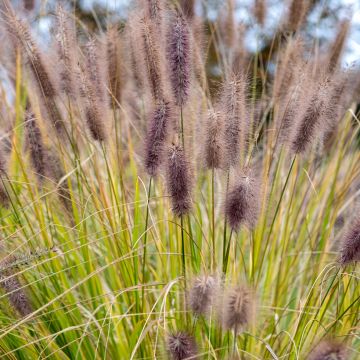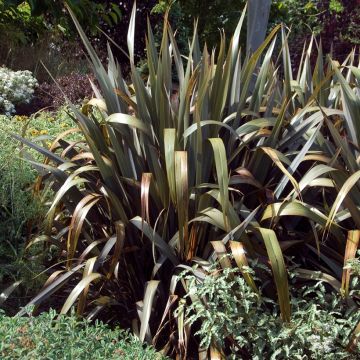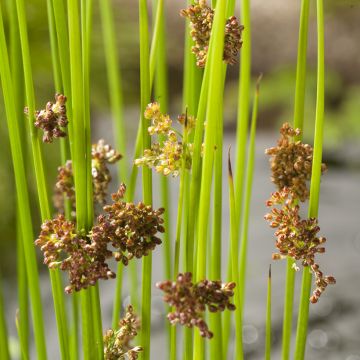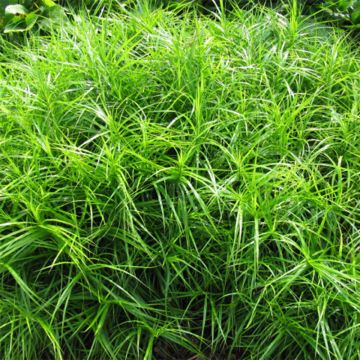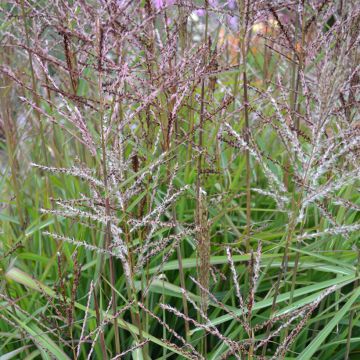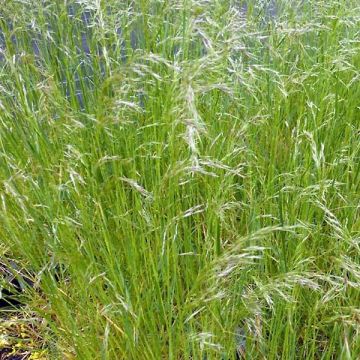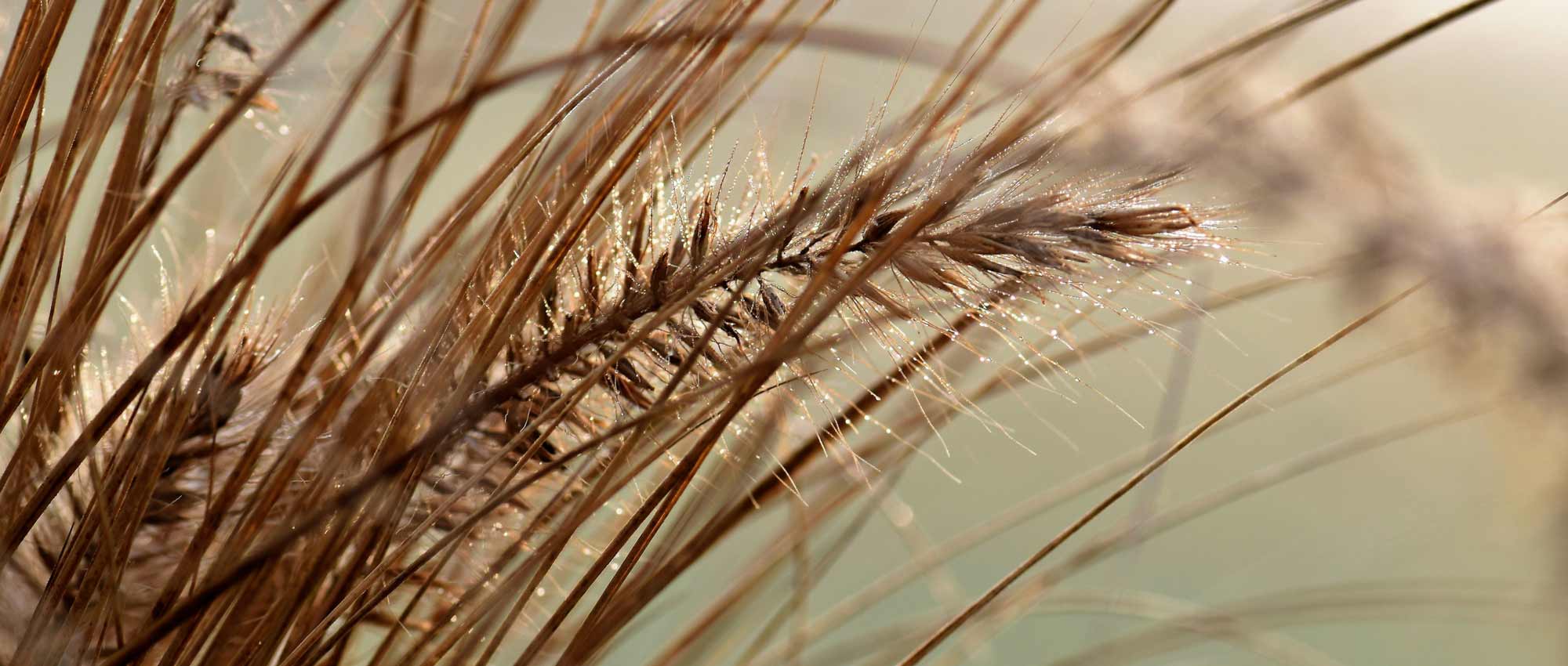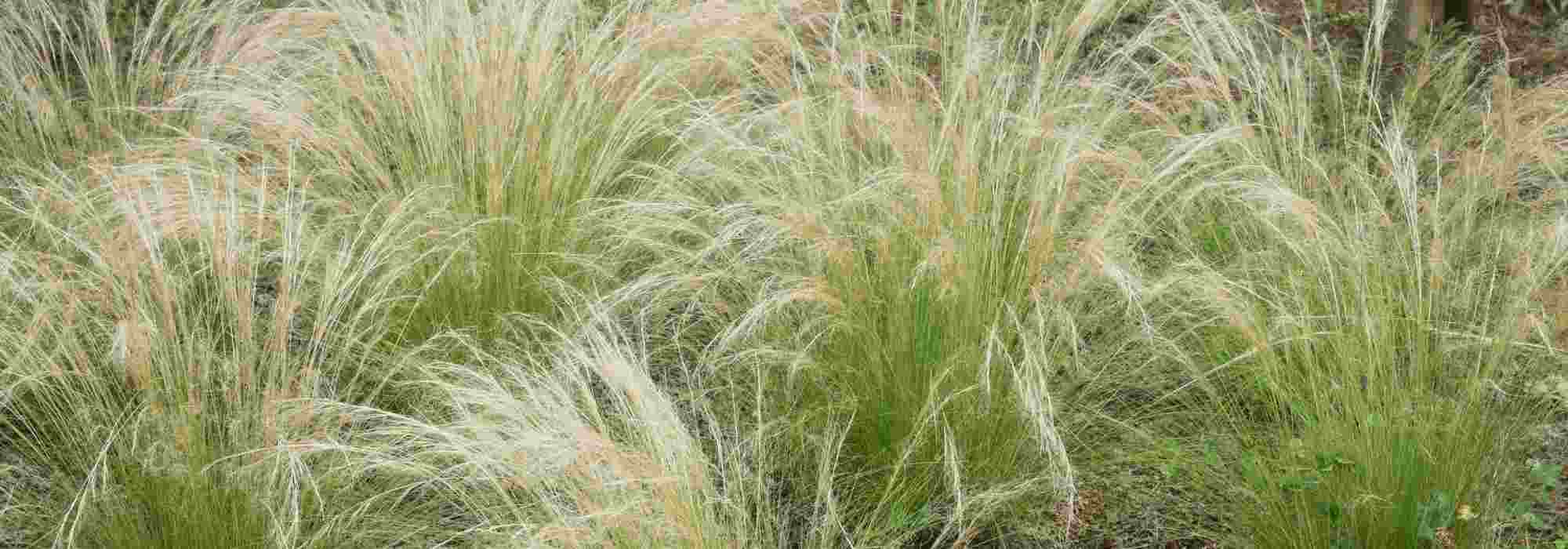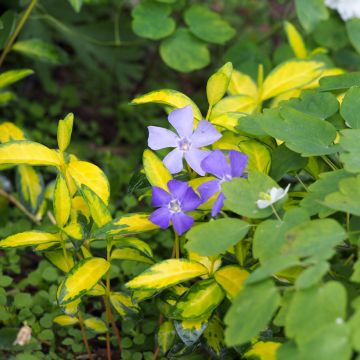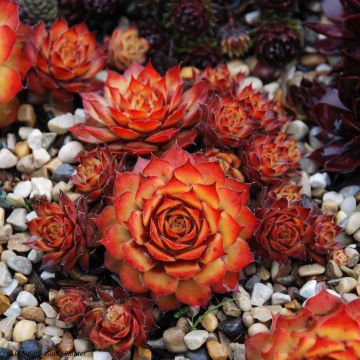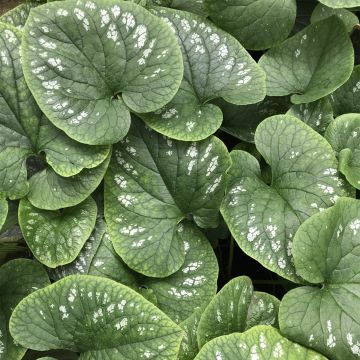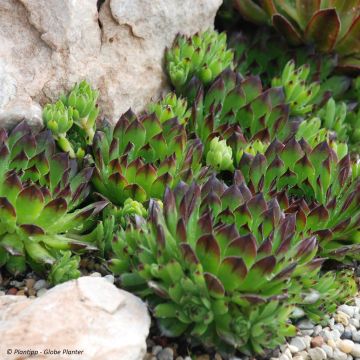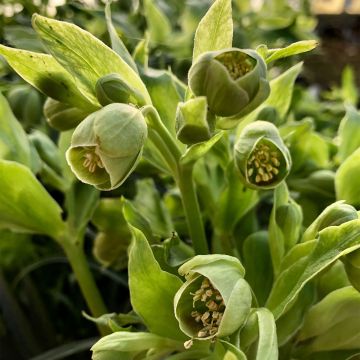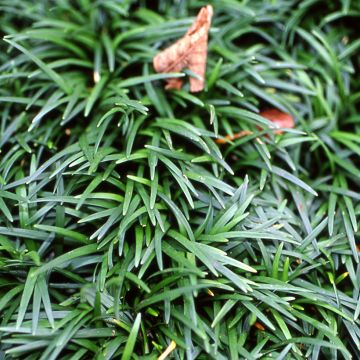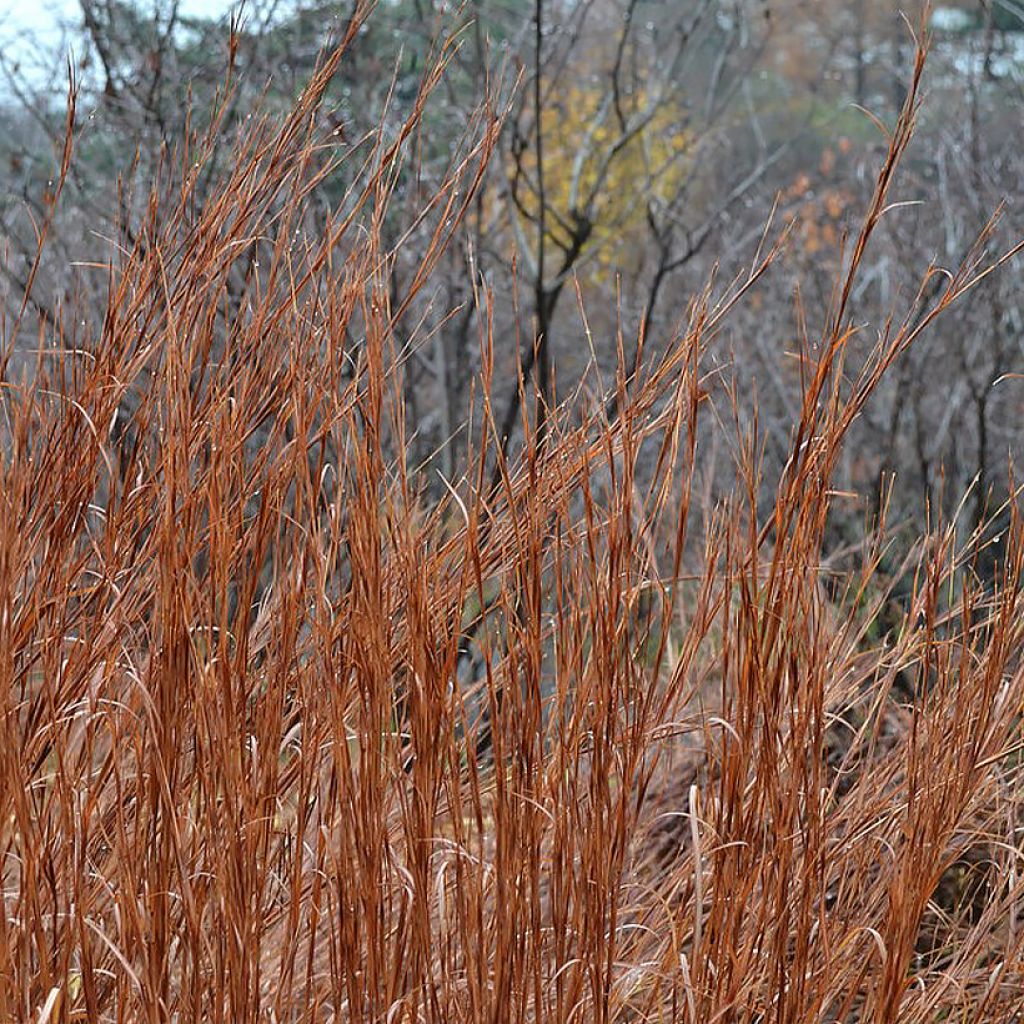

Schizachyrium scoparium Blaze
Schizachyrium scoparium Blaze
Schizachyrium scoparium Blaze
Blue stem, Little Bluestem, Beardgrass
Recovers well after winter
Marcel, 22/03/2025
Special offer!
Receive a €20 voucher for any order over €90 (excluding delivery costs, credit notes, and plastic-free options)!
1- Add your favorite plants to your cart.
2- Once you have reached €90, confirm your order (you can even choose the delivery date!).
3- As soon as your order is shipped, you will receive an email containing your voucher code, valid for 3 months (90 days).
Your voucher is unique and can only be used once, for any order with a minimum value of €20, excluding delivery costs.
Can be combined with other current offers, non-divisible and non-refundable.
Home or relay delivery (depending on size and destination)
Schedule delivery date,
and select date in basket
This plant carries a 12 months recovery warranty
More information
We guarantee the quality of our plants for a full growing cycle, and will replace at our expense any plant that fails to recover under normal climatic and planting conditions.

Would this plant suit my garden?
Set up your Plantfit profile →
Description
Schizachyrium scoparium is a little known and rarely used perennial grass in our gardens (perhaps due to its unpronounceable Latin name!). However, it is an absolutely beautiful grass of North American prairies, perhaps the most beautiful of all. It is of good size, very colourful, and is extremely easy to grow. 'Blaze' is a cultivar of a size close to the typical species, reaching 80cm (32in) to 1m (3ft) in height, noted for its bright red autumn colouration. Its foliage undergoes a small revolution throughout the seasons: blue-grey in spring, grey-green in summer, tinged with purple highlights in late summer, before exploding into a parade of intense autumnal colours, from orange pink to purple-red and finally bright red. In late summer and autumn, it produces delicate inflorescences, which are fully revealed under the light as they dry in a silvery shade on purple stems.
Schizachyrium scoparium, formerly named Andropogon scoparius, is a plant of the Poaceae family, endemic to the high plains of North America, but also present from Quebec to Mexico. It is known as little blue stem or beard grass. Vigorous, extremely robust, accustomed to tough competition with other plants, and adapted to difficult conditions, it withstands cold and drought, and thrives in poor soils. It is the chosen grass to officially represent the states of Nebraska and Kansas. 'Blaze' is a selection developed in 1967 in Nebraska as a forage plant. It has since conquered the world of nurseries thanks to its striking foliage. With a distinctly upright habit and changing colouration, the plant forms a tussock 80cm (32in) to 1m (3ft) high when in flower, 40cm (16in) wide, slowly spreading to form an upright bush. It consists of a low rosette of soft, linear leaves, and upright stems among which delicate inflorescences appear in late summer. These are narrow clusters, measuring 3 to 15cm (1 to 6in) long, bearing slender white spikelets, maturing to a bluish-grey to silvery hue, and then to pink-red. Towards mid-September, the entire plant takes on orange, copper, and red hues, becoming increasingly intense until November, before fading to a straw tone. This colouration is even more pronounced in regions experiencing large temperature variations in autumn.
Schizachyrium scoparium 'Blaze' has the enormous advantage, compared to many other grasses, of remaining upright and decorative until the heart of winter. It withstands everything except heavy, waterlogged soils, and as such, it is very useful in the ornamentation of dry gardens or in poor, infertile, or sandy soils. It pairs well with Russian sages, catmints, shrubby salvias, coneflowers, red-hot pokers, and shrubby wormwoods. To create a contrast of forms, it can be paired with hybrid mulleins or hollyhocks.
Schizachyrium scoparium Blaze in pictures
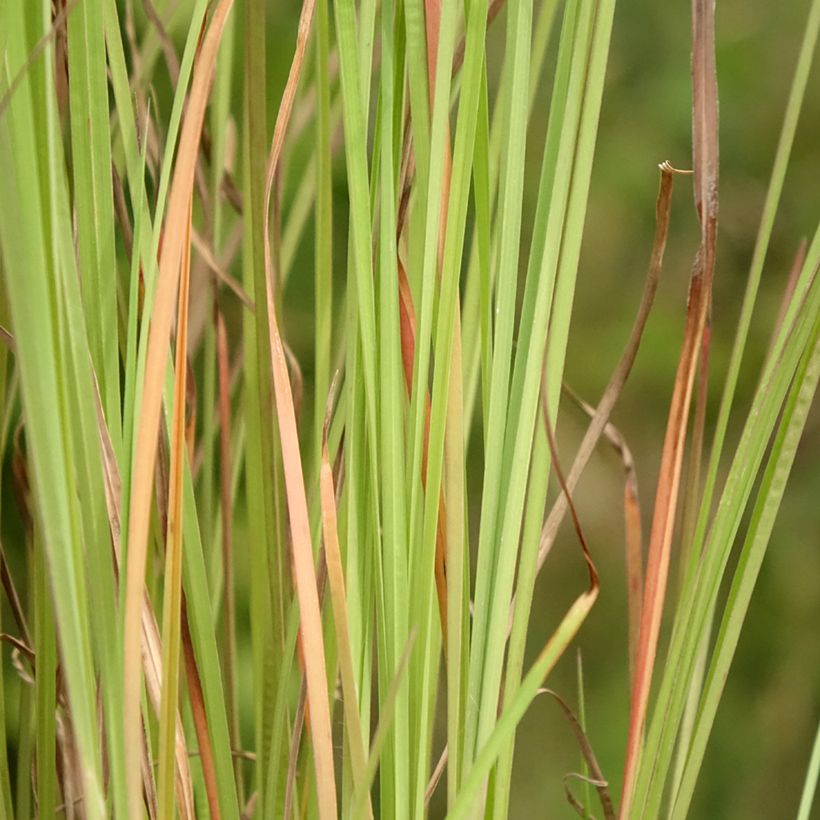

Flowering
Foliage
Plant habit
Botanical data
Schizachyrium
scoparium
Blaze
Poaceae
Blue stem, Little Bluestem, Beardgrass
Cultivar or hybrid
Other Ornemental grasses A to Z
View all →Planting and care
From its origins, Schizachyrium scoparium 'Blaze' retains excellent resistance to cold and summer drought. Accustomed to living in the vast North American prairies where competition between grasses is strong, it requires a very open, very sunny exposure to thrive, and very well-drained, even dry and poor, soil. It dreads overly rich, shaded, and too wet soils, in which it does not live long.
Planting period
Intended location
Care
Planting & care advice
-
, onOrder confirmed
Reply from on Promesse de fleurs
Similar products
Haven't found what you were looking for?
Hardiness is the lowest winter temperature a plant can endure without suffering serious damage or even dying. However, hardiness is affected by location (a sheltered area, such as a patio), protection (winter cover) and soil type (hardiness is improved by well-drained soil).

Photo Sharing Terms & Conditions
In order to encourage gardeners to interact and share their experiences, Promesse de fleurs offers various media enabling content to be uploaded onto its Site - in particular via the ‘Photo sharing’ module.
The User agrees to refrain from:
- Posting any content that is illegal, prejudicial, insulting, racist, inciteful to hatred, revisionist, contrary to public decency, that infringes on privacy or on the privacy rights of third parties, in particular the publicity rights of persons and goods, intellectual property rights, or the right to privacy.
- Submitting content on behalf of a third party;
- Impersonate the identity of a third party and/or publish any personal information about a third party;
In general, the User undertakes to refrain from any unethical behaviour.
All Content (in particular text, comments, files, images, photos, videos, creative works, etc.), which may be subject to property or intellectual property rights, image or other private rights, shall remain the property of the User, subject to the limited rights granted by the terms of the licence granted by Promesse de fleurs as stated below. Users are at liberty to publish or not to publish such Content on the Site, notably via the ‘Photo Sharing’ facility, and accept that this Content shall be made public and freely accessible, notably on the Internet.
Users further acknowledge, undertake to have ,and guarantee that they hold all necessary rights and permissions to publish such material on the Site, in particular with regard to the legislation in force pertaining to any privacy, property, intellectual property, image, or contractual rights, or rights of any other nature. By publishing such Content on the Site, Users acknowledge accepting full liability as publishers of the Content within the meaning of the law, and grant Promesse de fleurs, free of charge, an inclusive, worldwide licence for the said Content for the entire duration of its publication, including all reproduction, representation, up/downloading, displaying, performing, transmission, and storage rights.
Users also grant permission for their name to be linked to the Content and accept that this link may not always be made available.
By engaging in posting material, Users consent to their Content becoming automatically accessible on the Internet, in particular on other sites and/or blogs and/or web pages of the Promesse de fleurs site, including in particular social pages and the Promesse de fleurs catalogue.
Users may secure the removal of entrusted content free of charge by issuing a simple request via our contact form.
The flowering period indicated on our website applies to countries and regions located in USDA zone 8 (France, the United Kingdom, Ireland, the Netherlands, etc.)
It will vary according to where you live:
- In zones 9 to 10 (Italy, Spain, Greece, etc.), flowering will occur about 2 to 4 weeks earlier.
- In zones 6 to 7 (Germany, Poland, Slovenia, and lower mountainous regions), flowering will be delayed by 2 to 3 weeks.
- In zone 5 (Central Europe, Scandinavia), blooming will be delayed by 3 to 5 weeks.
In temperate climates, pruning of spring-flowering shrubs (forsythia, spireas, etc.) should be done just after flowering.
Pruning of summer-flowering shrubs (Indian Lilac, Perovskia, etc.) can be done in winter or spring.
In cold regions as well as with frost-sensitive plants, avoid pruning too early when severe frosts may still occur.
The planting period indicated on our website applies to countries and regions located in USDA zone 8 (France, United Kingdom, Ireland, Netherlands).
It will vary according to where you live:
- In Mediterranean zones (Marseille, Madrid, Milan, etc.), autumn and winter are the best planting periods.
- In continental zones (Strasbourg, Munich, Vienna, etc.), delay planting by 2 to 3 weeks in spring and bring it forward by 2 to 4 weeks in autumn.
- In mountainous regions (the Alps, Pyrenees, Carpathians, etc.), it is best to plant in late spring (May-June) or late summer (August-September).
The harvesting period indicated on our website applies to countries and regions in USDA zone 8 (France, England, Ireland, the Netherlands).
In colder areas (Scandinavia, Poland, Austria...) fruit and vegetable harvests are likely to be delayed by 3-4 weeks.
In warmer areas (Italy, Spain, Greece, etc.), harvesting will probably take place earlier, depending on weather conditions.
The sowing periods indicated on our website apply to countries and regions within USDA Zone 8 (France, UK, Ireland, Netherlands).
In colder areas (Scandinavia, Poland, Austria...), delay any outdoor sowing by 3-4 weeks, or sow under glass.
In warmer climes (Italy, Spain, Greece, etc.), bring outdoor sowing forward by a few weeks.






























